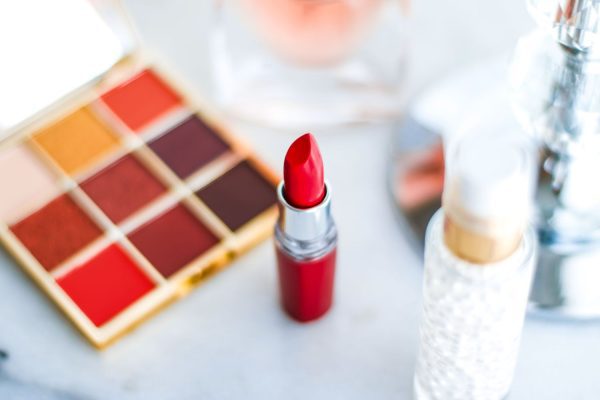
Lipstick
Hey there, it’s going to be a lipstick Affair. Lipstick, a cosmetic item employed for adding color and texture to lips, is typically composed of wax and oil. Various pigments are incorporated to achieve diverse shades, while minerals like silica may be included for texture. The historical use of lipstick traces back to early civilizations such as Sumer and the Indus Valley Civilization, gaining popularity in the Western world during the 16th century. However, it’s worth noting that certain lipsticks may contain traces of hazardous substances like lead and PFAS, leading to health concerns and subsequent regulatory measures.
Ingredients
Emollients: Shea butter and jojoba oil are examples of natural oils that add moisture and help create a smooth application.
Pigments: A vital component of color, pigments give lipsticks a broad spectrum of vivid hues.
Waxes: Waxes, like carnauba or beeswax, offer structure and help the lipstick keep its form.
Thickeners: Frequently made from different types of clay, thickeners regulate the consistency of lipstick, keeping it from being overly thick or runny.
Preservatives: Added to prolong the shelf life and safety of the product by preventing the growth of germs and other microbes.
Antioxidants: To shield the lips from free radical damage and support general lip health, vitamins C and E may be used.
Humectants: Compounds like hyaluronic acid and glycerin aid in moisture retention, keeping lips moisturized.
While many lipsticks are designed to be fragrance-free, especially for individuals with sensitive skin, some do contain these ingredients to improve the sensory experience.
Packaging and Design
Lipsticks are commonly packaged in slender tubes with a twisting mechanism. The designs may vary from understated and sophisticated to vibrant and attention-grabbing, depending on the brand and the intended audience.
Texture and Scent
Application and Usage
Lipstick can be applied directly to the lips using either a tube or a brush. Its versatility allows for everyday use or the creation of more dramatic looks. Lip liners are frequently utilized to outline and define the lips before the application of lipstick.
Results
Lipstick imparts color to the lips, improving their visual appeal. The outcome is influenced by factors such as the selected shade, formulation, and the natural color of an individual’s lips.
Experience
Individual encounters with lipstick can differ. Certain users favor enduring formulations, whereas others lean towards moisturizing choices. The overall experience may also hinge on factors such as skin type and individual preferences.
Similar Products
Pros
Cons
- Potential need for reapplication, particularly with formulations lacking long-lasting properties
- Certain individuals may find some formulations to be dehydrating
- The cost can significantly fluctuate based on the brand.

Leave a Reply